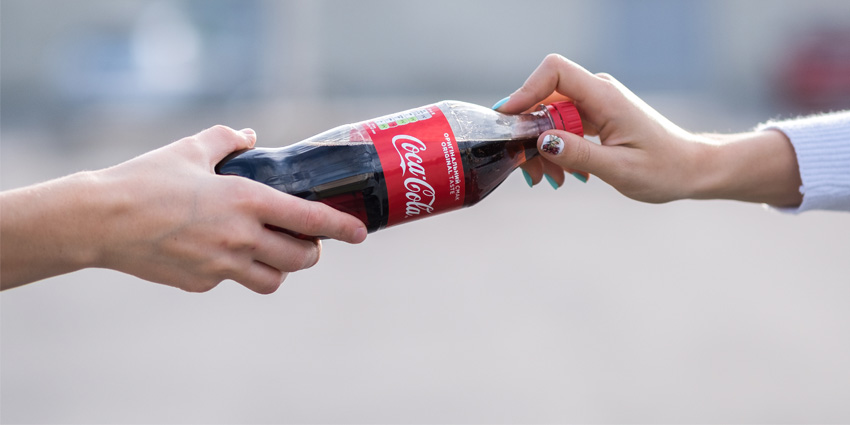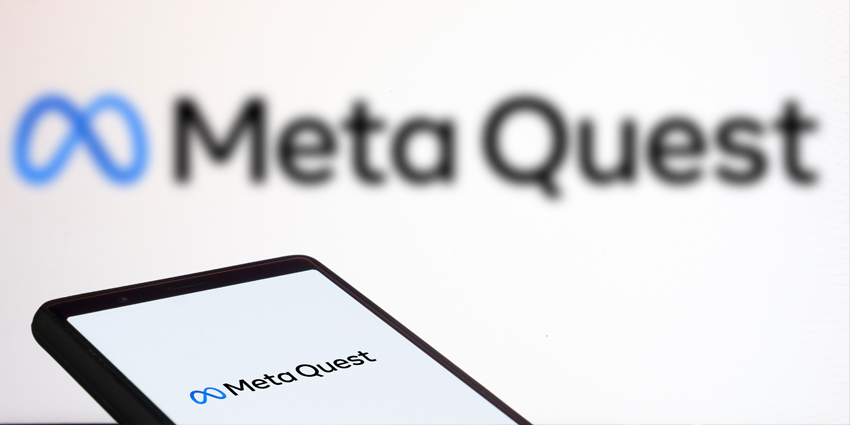Extended Reality (XR) training solutions provider ARuVR distributes an immersive content creation suite for designing bespoke enterprise-grade immersive learning solutions that improve trainee outcomes. The platform leverages augmented and virtual reality (AR/VR) technology to deliver its developer suite for in-house immersive training content.
Usually, creating and deploying tailor-made AR/VR training content requires a lot of time, money, talent, and resources. The ARuVR platform provides an accessible solution which negates resource requirements and lets inexperienced individuals design enterprise-grade immersive training tools for various industry verticals and environments.
The firm’s bespoke Authoring System enables in-house developers to design interoperable immersive learning content across VR headsets, mobiles, tablets, and desktops. ARuVR is a trusted solutions provider working with major partners like the UK Government to streamline training procedures.
ARuVR’s authoring hub leverages drop-and-drop functionalities to supply an accessible solution allowing a range of individuals to manage and design different AR/VR training tools.
#ARuVR exhibited at the Mintra System User Forum 2022 in #Bergen, #Norway last week.
Over 100 companies in #Energy and #Maritime industries experienced hands-on demonstrations of our #XR training platform on a number of devices including the latest @PICOXR4 headset.#ARuVR #VR pic.twitter.com/tZ1LuV81Pt
— ARuVR (formerly VRtuoso) (@ARuVRGlobal) October 4, 2022
According to the firm, its service provides true-to-life digital immersive work scenarios to prepare and upskill workforces. In November, ARuVR teamed up with multi-national beverages distributor Coca-Cola to deploy immersive training opportunities to its expanding workforce.
Partnering with Coca-Cola
In collaboration with Coca-Cola Bepensa, ARuVR delivered immersive training tools to teach employees how to navigate and mitigate risks and accidents safely. Coca-Cola chose ARuVR’s solution to safely and efficiently demonstrate potential workplace hazards via low-cost, engaging, and repeatable scenarios.
#ARuVR enabled @CocaCola to conduct an #immersive (situational) #AR/#VR digital training session to multiple employees at the same time – easily, safely and cost effectively.
Read the full Case Study at: https://t.co/IziqSYNnA5#virtualtraining #VR #XR #VirtualReality #newtech
— ARuVR (formerly VRtuoso) (@ARuVRGlobal) November 4, 2022
Partnering with ARuVR gives the Coca-Cola Bepensa branch access to a self-serving content creation platform which requires previous design knowledge.
The platform’s interoperability and ability to operate on a range of VR headsets, like the Meta Quest and Pico 4, streamlines the user experience and onboarding processes – creating an “easy and intuitive” immersive learning opportunity for Coca-Cola Bepensa employees.
Frank Furnari, the CEO and Founder of ARuVR, added:
Coca-Cola, one of the biggest brands in the world, has adopted our AR and VR platform to radically transform their learning and skills transfer processes. As a result they benefit from efficiencies delivered by a digitally immersive safe environment.
The Coca-Cola Bepensa and ARuVR training programmes also won the Global QSA & ETA Innovation Challenge 2022 “Quality & Safety” award. The awarding body judged the project based on five key elements: innovation, scalability, impact on business, solving a burning need, and ease of implementation. The award recognises ARuVR’s success in these factors.
Benefits of Learning Outcomes
The training programme gives employees tools to learn, upskill, and improve within an engaging and cost-effective VR environment. The platform enables trainees to go through a self-lead scenario. The service also leverages virtual instructors for a range of teaching options.
Jorge Suarez, the Corporate Safety Leader at Coca-Cola Bepensa, added:
Mastering complex machinery and equipment operations in a 100% cost-effective, safe and interactive VR digital environment and at scale is a game changer for Coca-Cola.
The ARuVR and Coca-Cola Bespensa training program delivers notable training outcomes based on the most recently released figures.
According to its results, ARuVR gave Coca-Cola employees an improved training experience, with outcomes such as:
- A 15 percent increase in trainee retention compared to traditional classroom learning environments.
- Complete reduction in a trainee’s exposure to workplace risks and hazards; compared to machinery understanding procedures.
- The program increases training efficiency by more than 75 for Coca-Cola trainees.
- Trainee engagement increases by 80 percent.
Additionally, ARuVR notes that the Coca-Cola training programme allows managers to monitor the results of trainees in real time. The program also will enable workforces to engage with live scoring and assessments.
Furthermore, compared to traditional training methods, an immersive learning programme dramatically reduces a firm’s carbon emissions by allowing experts to guide trainees remotely or via on-damned sessions. Immersive learning platforms also enable trainees to repeat scenarios which may require operating heavy machinery or vehicles – again, reducing cost, risk, and emission.
Reducing Training Risks
Frontline workers in various fields face risks when participating in training situations. Whether an individual is using dangerous equipment or is in a hazardous, busy environment, VR training supplies the infrastructure to simulate these risks safely.
Thanks to advancements in integrated VR technology like real-time 3D (RT3D) graphics, haptic feedback, and spatial audio, enterprises can leverage sophisticated immersive software which accurately simulates hazardous operations as a repeatable training scenario.
Jorge Suarez also explained that properly training a workforce for a frontline environment requires the deployment of virtual scenarios that demonstrate hazards in the workplace.
Suarez also added:
With ARuVR we are now able to safely educate and inform our employees by using an intuitive XR platform which completely removes training risk. ARuVR has transformed the way we interact, train and develop our colleagues in a safe, scalable and above all simple to operate solution.
The Coca-Cola Bespensa branch is expanding the VR Safety Training programme. The chapter is also scaling ARuVR’s immersive learning offering across the organisation.
More on ARuVR
ARuVR’s product contains three core components: XR Authoring System, XR Real-Time Sessions and XR Interactive Live Streaming. Each tool gives enterprise clients access to easy-to-use VR/AR content creation opportunities under one unified hub.
The aforementioned Authoring System lets anyone jump in and design a training platform. Users can import data from a 360 camera or RT3D engine to assist in the content design. Alternatively, ARuVR gives its clients an integrated asset library that includes roughly 1 million XR and thousands of 2D assets.
Additionally, via its XR Real-Time system, trainees can operate ARuVR experiences as an on-demand or instructor-led session. The company supports both training options with an advanced content distribution system allowing mentors to schedule private sessions with dispersed workforces.
The XR Real-Time service enables a mentor to moderate, guide, manage, and control training exercises. The service also allows a mentor to communicate with a trainee in real time through an integrated XR conferencing feature.
The real-time element also includes a data tracking dashboard that gives mentors data-driven performance insights.
Furthermore, ARuVR gives its clients access to an Interactive XR Live Streaming tool that enables individuals to cast themselves into a trainee’s virtual environment. The feature allows a live-streamed remote expert to interact with digital assets and people.







